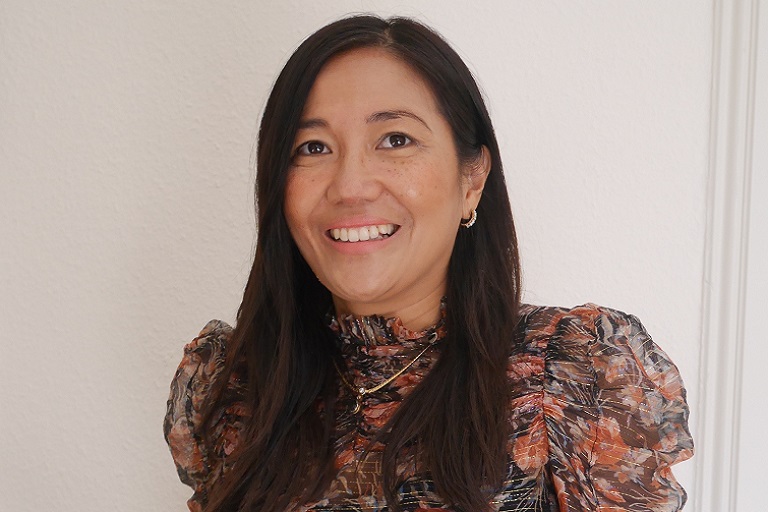Mia Dambach
Mia Dambach is a human rights advocate with 20 years of experience of working on children’s rights, starting her career as a children’s lawyer in Australia. As the Executive Director of Child Identity Protection, she brings with her leadership, project management and research skills to ensure that children’s identity rights are better protected worldwide. In her previous work, she has provided technical support, mostly on behalf on UNICEF, through evaluation missions in Cambodia, Denmark, Egypt, Ghana, Ivory Coast, Sudan, Ukraine and Viet Nam, legislative reviews and training in over 20 countries focusing on alternative care, adoption and surrogacy. She has contributed to reforms in international standards through this support as well as comparative research on illegal adoptions, search for origins, risks of financial contributions, kafalah and was an expert to the HCCH WG on illicit adoption practices and WG on parentage/surrogacy. She has successfully led multiple international inter-agency initiatives including three massive online courses that have reached over 50,000 participants. She is particularly passionate about working with key stakeholders to restore children’s and adult’s identities, when they have missing or falsified elements.
Title of presentation: Child's right to identity in intercountry adoption (ICA)
Abstract: Article 8 of the UN Convention on the Rights of the Child (CRC) notes that a child has a right to identity including a name, a nationality and family relations. Whenever a child is deprived of one of these elements, States have an obligation to restore the child’s identity speedily. At the heart of any intercountry adoption (ICA) is the modification of a child’s identity given at birth. This article explores the conditions that justify such a modification is in the child’s best interests as the paramount consideration. Secondly the article then examines what mechanisms must be in place to record the modification, including the reasons behind the change, to ensure that the adoptee can access information about their origins. Thirdly the article focuses on how to prevent the falsification and possible sale of the child’s identity when it is modified through an ICA. The article concludes by examining promising practices on how different States have taken up their responsibility to re-establish the child’s identity when it is incomplete and/or sold and options for those seeking redress when States abdicate.



